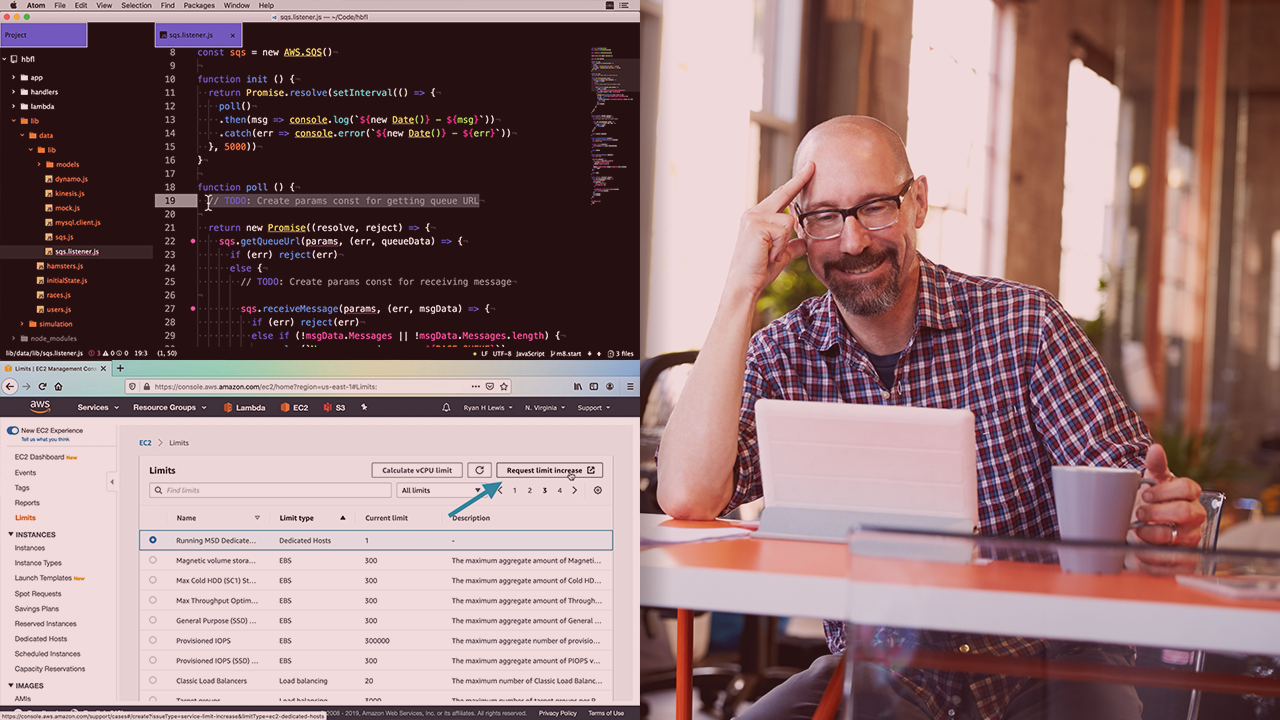- Course
AWS Developer: Designing and Developing
Amazon Web Services (AWS) is the largest cloud provider in the world. This course will teach you how to use the AWS SDK to design and develop applications with AWS.

- Course
AWS Developer: Designing and Developing
Amazon Web Services (AWS) is the largest cloud provider in the world. This course will teach you how to use the AWS SDK to design and develop applications with AWS.
Get started today
Access this course and other top-rated tech content with one of our business plans.
Try this course for free
Access this course and other top-rated tech content with one of our individual plans.
This course is included in the libraries shown below:
- Cloud
- Data
What you'll learn
Developing high-performance web applications in the real world requires the use of a cloud provider, and Amazon Web Services is widely recognized as the leader in cloud technology. In this course, AWS Developer: Designing and Developing, you will learn how to design and develop applications that utilize many of the services in AWS. First, you will discover how to use the AWS SDK to programmatically work with AWS. Next, you will delve into creating EC2 instances and querying DynamoDB tables. Finally, you will explore how to send messages to SQS queues. When you're finished with this course, you will be well-versed in how to design and develop applications with AWS.
